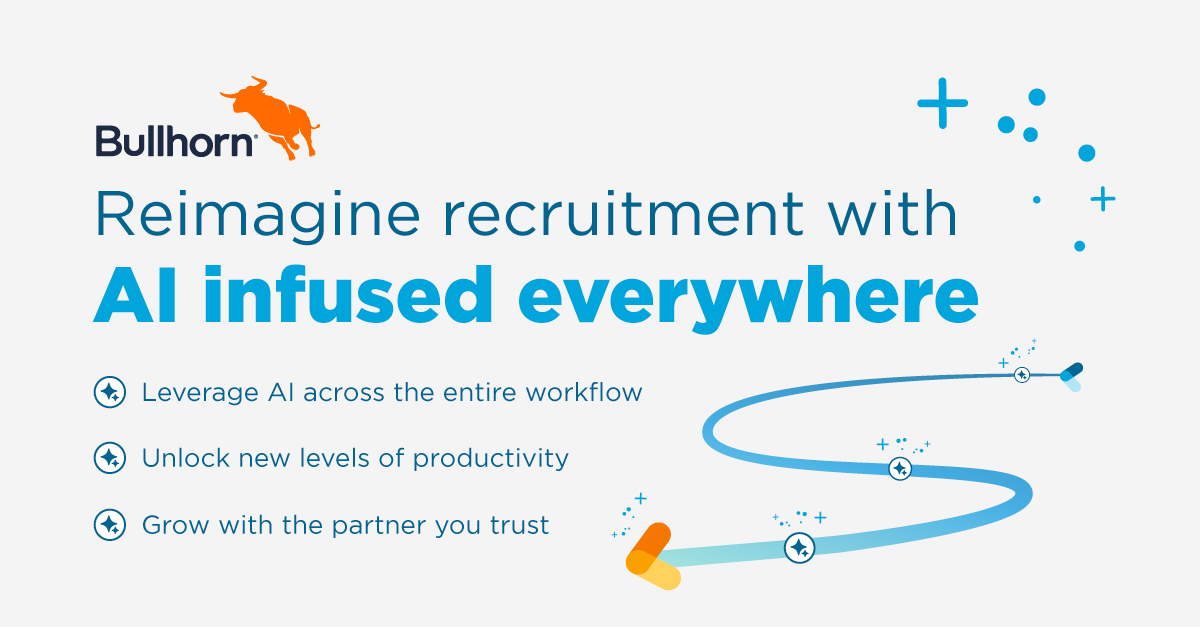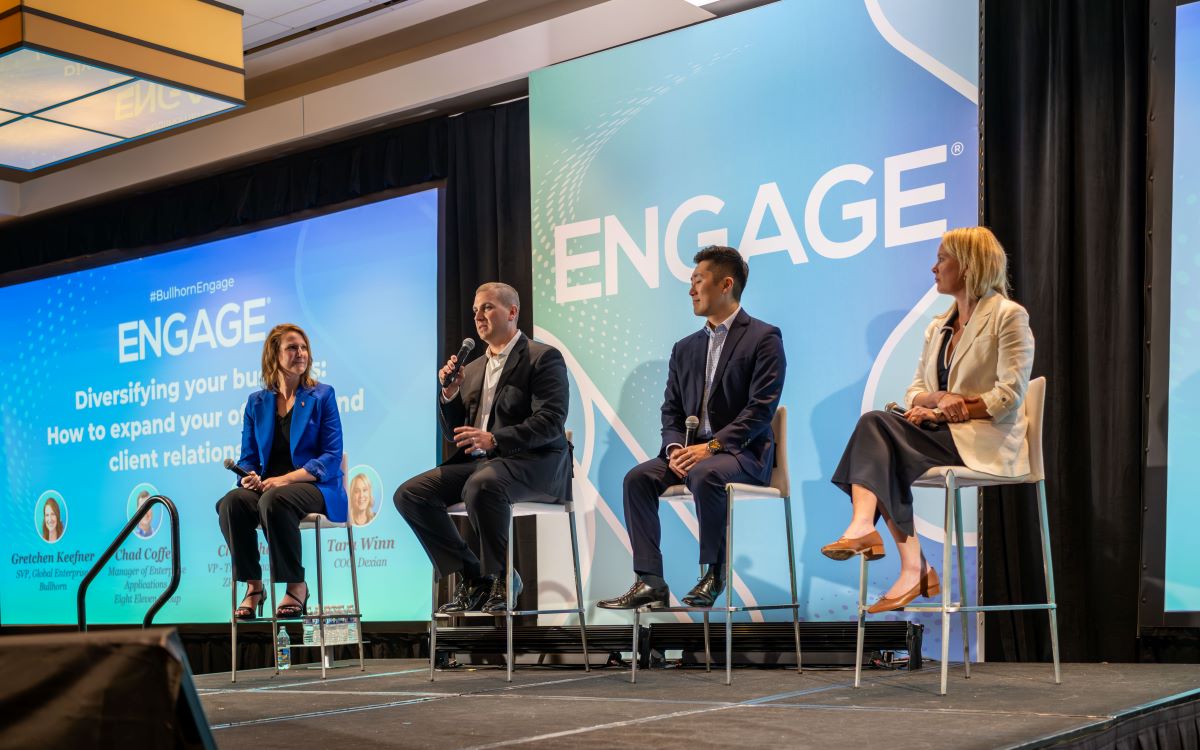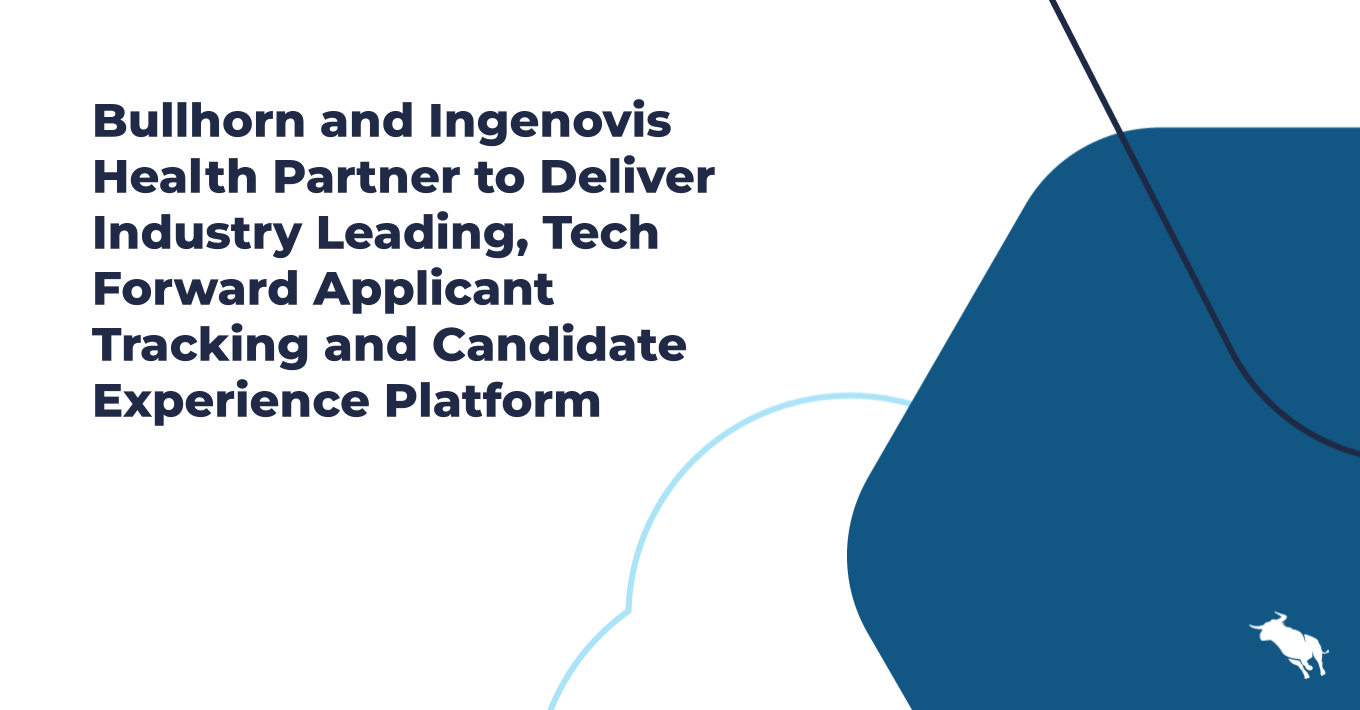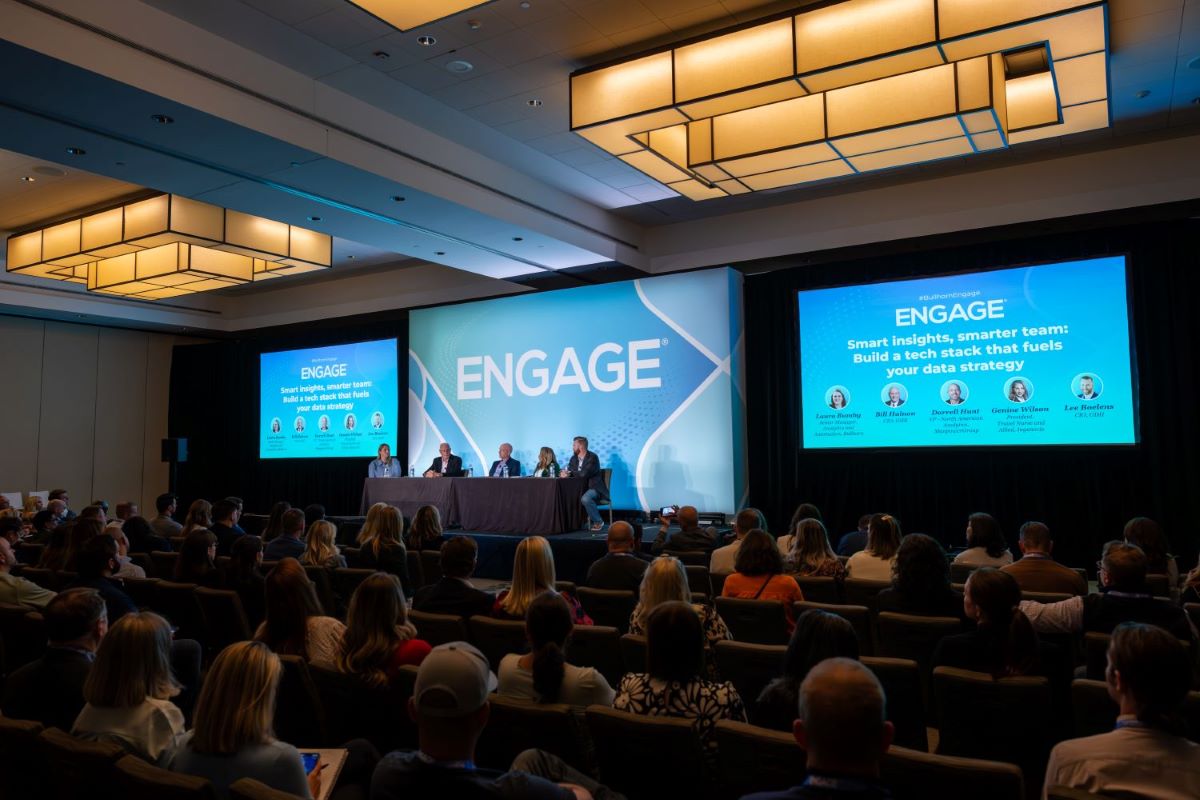Transforming the Way You Work with Your Clients in an Era of Digital Disruption

Anyone wondering if the current era of disruption is fueled by digital technologies need only look at these examples:
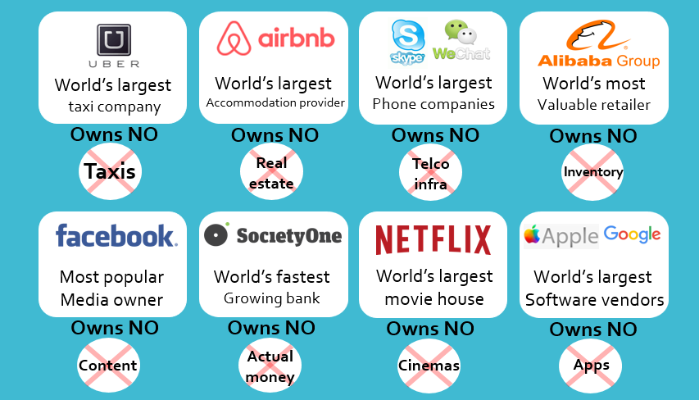
In the consulting world, firms used to “own” their consultants and skilled expertise. Now, however, it’s clear that things have changed – one of the most rapidly-growing modern consulting firms employs 500 freelance consultants and grew from $0 to $40M in 12 years. The growth of firms with similar models, such as HourlyNerd, and their appeal to customers shows the true extent of digital disruption.
A study by Kennedy Research shows that the average turnover at historically prestigious consulting firms is as high as 18-20%. And the nature of work is shifting: traditional strategy consulting firms have experienced a 66% drop in share of classic strategy work over the last 30 years.
And beyond this challenge of new lower-cost competitors with new delivery models, traditional consulting firms have to deal with even more problems:
- Low premium consultants charging for idea generation
- Blurring of traditional professional services boundaries
- Increasing demand for hard analytics and technology
The way that firms deal with these long-term consulting challenges to their business models will require their leadership partners to do some deep soul searching. One way that consulting firms can tackle these problems almost goes without saying: they can leverage digital technologies to protect and grow their customer relationships. But while all consulting firms should be fully bought in to the digital movement, many are not as fully engaged with technology as they could be.
The need for this leverage is clearly illustrated by the “risk factors” section of a recent 10-K report of a publicly held 500-person consulting firm:
“…our employee consultants’ personal relationships with our clients are a critical element in obtaining and maintaining client engagements. If we lose the services of any employee consultant or group of employee consultants…that loss or failure could adversely affect our revenues and results of operations.
“We do not have non-competition agreements with a majority of our employee consultants, and they can terminate their relationships with us at will and without notice…
“In the event that an employee leaves, some clients may decide that they prefer to continue working with the employee rather than with us.”
Given the high turnover rate known in the consulting industry and the mobility of Millennials who tend to change firms or leave for business school, this relationship crisis should be a wake-up call for consulting firms. How do you capture and leverage relationship insights and knowledge so as to gain an unfair competitive advantage that penetrates both new and existing clients?
A recent survey of consulting professionals found that 55% of managing directors would get the most impact on new business development from visibility into who knows who and better tools for managing relationships. You might have tried CRM or considered it in the past and found that it doesn’t do the job. You’ve likely heard the commonly shared stat: “63% of CRM initiatives fail.” But the fact is that most customer communications happen outside of a CRM via emails and phone calls, so they’re never captured.
Firms that don’t use CRM end up using Excel spreadsheets and sharing documents on SharePoint. And status updates take place via email. If you count yourself among these firms, how do you know whether everyone in your firm is engaged with everyone they should be engaged with at clients? Are there hard-to-reach groups within your existing clients beyond your current penetration? Are you sure you’re doing everything you should be to further engagement? You could be losing growth opportunities all the time, even when you may not realize you’re losing them.
Fortunately, there’s a better way.
What if you could easily get relationship knowledge (“who knows who”) and capture and transfer institutionalized knowledge in the normal course of doing business with no additional effort from anyone?
What if you knew exactly who from your firm was engaged with who in your existing client base and prospect clients?
If you could get filtered, prioritized insights from all of the communications between your employees and your clients as they happen, what would you see?
What would you discover about your customers or prospects that would help you proactively prevent problems or win new business?
How could you better differentiate your firm to your existing clients and new accounts with these insights?
By transforming the way your firm works with customers, you can use your client relationships as the foundation for a true competitive advantage. Here are some best practices you can implement to engage clients amidst digital disruption:
1. Look for ways to get results without expending a lot of effort:
- Capture client interactions automatically so your partners don’t have to waste time on manual data entry
- Acquire proactive insights and new relationships, through which your firm can grow its knowledge base exponentially
- Use a system that’s mobile, intuitive, and non-intrusive so your team can not only get its work done, but get it done quickly
2. Once your firm is automatically capturing data about client relationships, the next step is to offer visibility into that information to all key stakeholders. Because this degree of openness is counter-cultural for many firms, the result of this openness and viability is a “radical transparency.” Here’s how it works:
- Company silos get broken down, allowing for a new level of communication and internal knowledge
- Your partners gain a vastly improved understanding of who knows who and what
- Productivity accelerates rapidly because consultants can take advantage of previously unknown insights to leap over barriers
3. These advantages aren’t useful, however, unless you have a way to achieve these efforts that’s hassle-free for your business. For a technology solution, that means all-inclusive pricing, no hidden fees, and other important features like:
- No wasted users – your firm shouldn’t have to pay to license users who don’t actually use a software solution
- Unlimited data and support, because technology is really only as good as its ability to extend with your firm and support its processes
- The ability to try the software without making an investment – why would your firm buy a product without proof of its value?
What if you could get even 5% more productivity and revenue from revenue-generating partners? What if your firm could crack open just one new Fortune 1000 account? The benefits and impact that CRM software can have on your consulting firm are real, and they’re at your fingertips.
If these challenges ring true to you, tune in for Consulting Magazine’s webinar on June 2: Digital Disruption and Consulting – Preparing Your Firm for Its Impact. I’ll be one of several speakers, including consulting leaders from Deloitte Digital and Lyons Consulting Group, so register now to save your spot!
